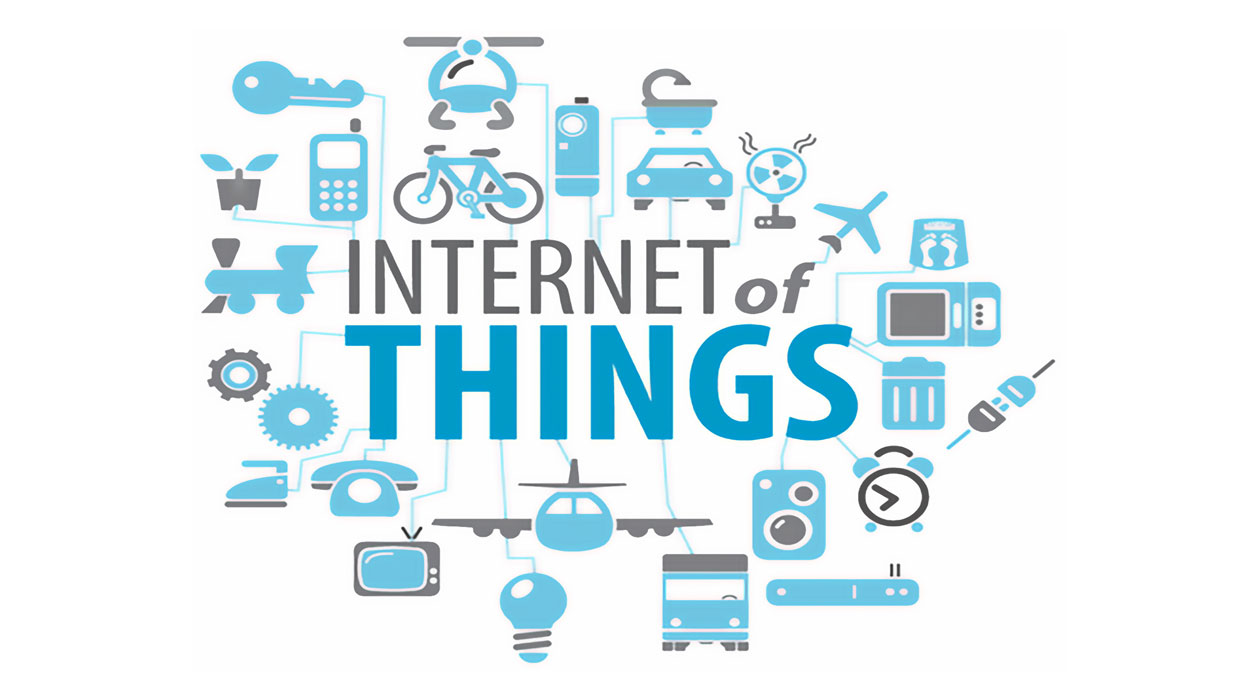The Internet of Things (IoT) applied to cities
The Internet of Things (IoT) applied to cities
UPF is leading a project dealing with mobility as a service (MaaS) to understand how to spread the word about the possibilities offered by the IoT to companies and businesses.

Cities are increasingly investing in systems to automate and monitor their processes 24/7 ranging, for example, from the availability of public service buses, through measuring air pollution levels to refuse collection. The NeTS (Network technologies and Strategies) research group at the UPF Department of Information and Communication Technologies (DTIC) is participating in the project “Internet of Things (IoT) Applications for Cities” to promote solutions based on the the application of the IoT.
The project IoTa is funded by the European Institute of Innovation and Technology (EIT) through its project to support KIC- Knowledge Innovation Communities that comprise actors from academia, research and industry with the aim of promoting collaboration to find solutions to global challenges, like the urban mobility KIC.
“The IoT has developed exponentially in recent years”, assures Miquel Oliver, head of the NeTS group at UPF which is participating in the project. “Both the number of devices and the resources invested have clearly increased”.
Over the last ten years, many European cities have chosen to commit to investing in emerging technologies. In 2019, there were 7,600 million active IoT devices worldwide, and this number is expected to rise to 24,100 million by 2030 (23% of these devices in the EU). In Barcelona, for example, the presence of technology companies has led the city to rank seventh in the top 20 European cities for capital invested in technology companies. The city has gone from investing €360 M a year in 2017 in technology projects to €1,500 M in 2021.
The IoT is a promising area where cities have made a great effort in several areas linked to mobility as a service (MaaS). MaaS offers a new perspective that enables analysing and providing solutions to mobility in an urban context. “It makes sense that instead of having an app for each transport system (bus, car-sharing and bicycle, for instance), you can centralize all mobility services in just the one app”, Oliver explains. “This allows you to establish multimodal mobility in an integrated way, but a business model is required. It’s as if it were a kind of Netflix, gathering content from many suppliers and showing them to you whenever you want or require”.
For example, Hamburg Port Authority (HPA) via the Smart Port program, is testing IoT sensors to analyse the traffic situation in the port an on inland waterways.
In Barcelona, the public bicycle hire service, Bicing, analyses user data ethically by means of its app so as to be able to offer a service based on the use and needs of the user. Also, smart lighting is used to monitor the occupancy of beaches and public spaces and thus manage mass events and crowds.
In Italy, Milan, Naples and Rome are starting to run trials based on MaaS solutions to improve their multimodal transport system.
Despite all these efforts, the possibilities of the IoT remain unknown to ordinary citizens and enterprises. Mobility companies, car-sharing for instance, would benefit from knowing the possibilities of the IoT for their innovation processes. Thus, the idea is to create an ecosystem to further our knowledge of the IoT, especially from business areas (ROI-Return on Investment) and define a programme to select cases promoted in cities that serve to showcase best practices in Europe”.
“We want to show something that goes beyond what we colloquially understand by the IoT: it’s not just about machine-to-machine communication, rather we want to combine it with other technologies such as artificial intelligence so that they manage themselves and take a step up the ladder as regards network intelligence”, he continues.
“Currently, smartphones are highly sensorized, they have an accelerometer that, among many other things, can tell us if you’ve had a fall or not, a powerful camera… They have audio, they’re connected and have GPS to geolocate you. In my opinion, it’s the IoT device par excellence”.
The first part of the IoTa project aims to generate content for a non-technical audience to understand how the IoT affects them. The second part will consist of an in-depth analysis of four situations of applications. The project, coordinated by UPF, will involve the participation of CARNET – UPC Technology Center, of the Polytechnic University of Catalonia, the Automotive Research Centre Niedersachsen (NFF) of the Technical University of Braunschweig, PoweHUB in Prague, and Factual mobility consultant, Barcelona.
